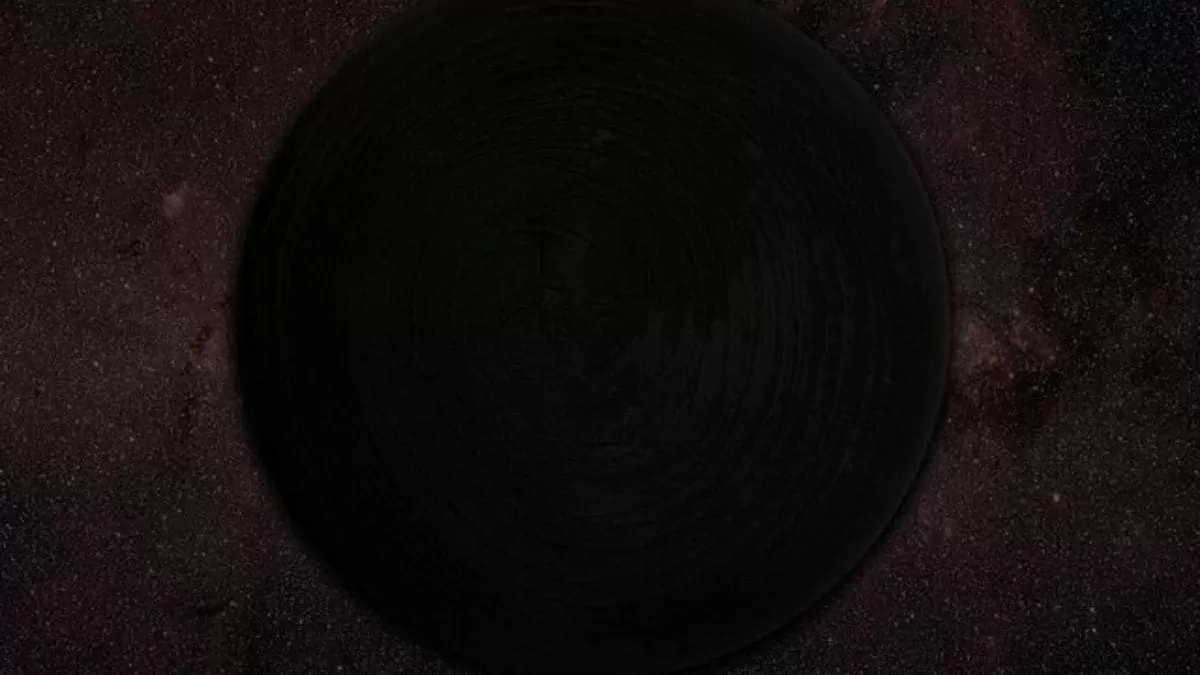Astronomers have long been fascinated by the mysteries of the universe and are constantly seeking answers to its secrets. One of these mysteries is dark matter, a substance that makes up a large portion of the universe’s mass but cannot be directly observed. However, recent research suggests that brown dwarfs, failed stars that roam the universe in darkness, could hold the key to unlocking the secrets of dark matter.
According to physicists, Jeremy Sakstein and his team, as well as researchers like Jillian Paulin and Rebecca Leane, brown dwarfs could potentially transform into “dark dwarfs” by capturing dark matter in their cores. This groundbreaking theory, if proven correct, could revolutionize our understanding of the universe and help us identify the elusive dark matter.
At first glance, brown dwarfs appear to be nothing more than dim, failed stars that lack the necessary mass to sustain nuclear fusion and become true stars. However, recent studies have revealed that these objects are more complex than we initially thought. Brown dwarfs have been found to have diverse compositions, ranging from gas giants to objects that mimic stars in some ways, but still fall short of being true stars.
This varied range of compositions is what sparked the interest of physicists like Sakstein, Paulin, and Leane. They noticed that some brown dwarfs have a peculiar abundance of lithium, a rare substance that is not typically found in these objects. Further research revealed that this surplus of lithium could be the result of dark matter particles accumulating in the cores of these brown dwarfs.
But how exactly do these particles get trapped in the cores of brown dwarfs? According to the researchers, dark matter particles are believed to interact with ordinary matter through a process called “self-interaction.” This interaction causes the dark matter particles to lose energy and become trapped in the cores of brown dwarfs, where they can accumulate and potentially annihilate.
The concept of dark matter particles entering the cores of brown dwarfs is not a new one. In fact, previous studies have suggested that this could be the case, but the idea lacked solid evidence. However, the recent findings by Sakstein and his team have provided strong support for this theory.
But what sets this theory apart is the potential for these trapped dark matter particles to release heat when they annihilate. This heat could potentially light up the interiors of brown dwarfs, transforming them into “dark dwarfs.” These objects would still be invisible to telescopes, but they would emit large amounts of energy in the form of heat that could be detected through infrared telescopes.
The thought of being able to detect dark matter in this way has astronomers and physicists excited about the possibilities. For decades, scientists have been trying to identify dark matter, which is believed to make up around 85% of the universe’s matter. If this theory is proven correct, it could finally provide us with a way to directly observe and study dark matter.
Additionally, this discovery could have significant implications for our understanding of the evolution of galaxies. Dark matter is thought to play a crucial role in the formation and structure of galaxies, so being able to study it in detail could provide valuable insights into these processes.
But there is still much work to be done before this theory can be confirmed. Researchers like Sakstein, Paulin, and Leane are actively working to develop simulations and further studies to support their hypothesis. And as with any groundbreaking theory, there are those who remain skeptical. Some scientists argue that the surplus of lithium observed in brown dwarfs could be explained by other factors, and more evidence is needed to prove the connection to dark matter.
Nevertheless, the idea of dark dwarfs holds immense potential and has opened up new avenues of research in the study of dark matter. If proven correct, this theory will undoubtedly go down in history as a significant milestone in our understanding of the universe.
In conclusion, astronomers and physicists are once again pushing the boundaries of our knowledge with their bold ideas and research. The concept of dark dwarfs and their potential to reveal the secrets of dark matter is a prime example of the ever-evolving nature of science. As we continue to unravel the mysteries of the universe, we can only hope that this theory will lead us one step closer to understanding the vastness of our cosmos.

